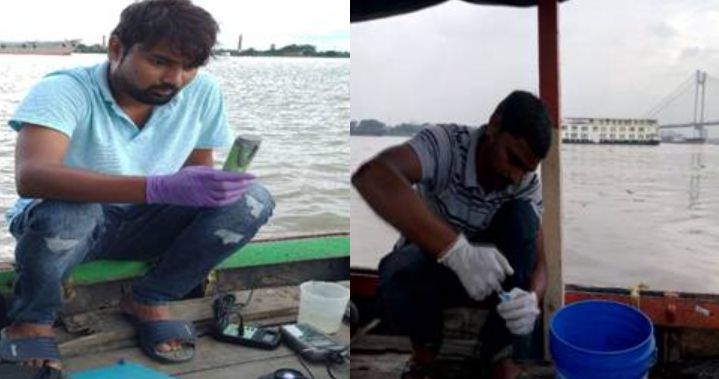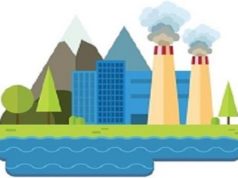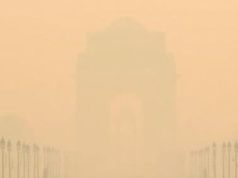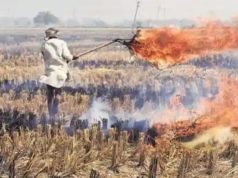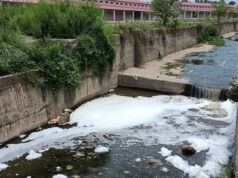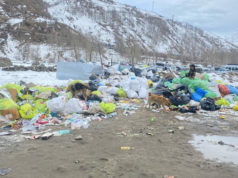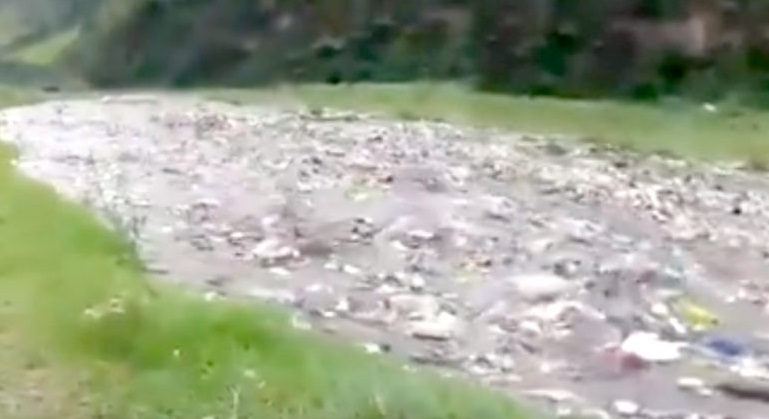Untreated Municipal and industrial sewages behind pollution in River Ganga
Scientists had monitored nine sites encompassing 59 stations along 50 km stretch of the lower stretches of the River Ganga
New Delhi: Water Quality in the lower stretches of the River Ganga was found alarming by a team of scientists of Integrative Taxonomy and Microbial Ecology Research Group at IISER Kolkata.
The team had examined the water quality in the lower stretch of River Ganga and observed the release of municipal waste in River Ganga has deteriorated the much-needed baseline of Water Quality Index (WQI) in the lower stretches of the Ganga River.
Scientists found continuous deterioration of the water quality of the holly river.
Rapid human pressure and anthropogenic activities have resulted in the release of untreated municipal and industrial sewages along with other forms of pollutants in the River Ganga, Professor Punyasloke Bhadury said and further added
“In particular, the lower stretches of the River Ganga, close to the megapolis Kolkata, by anthropogenic are heavily influenced factors, mainly due to intense population pressure on both sides of the river banks. As a result, there has been a marked increase in discharge of untreated municipal and industrial sewages in the lower stretch of River Ganges with consequences for many unique and biodiversity ecosystems such as the Sundarbans mangrove and endangered charismatic species such as the Gangetic Dolphin.”
Professor Punyasloke Bhadury led team had monitored nine sites encompassing 59 stations along a 50 km stretch of the lower stretches of the River Ganga over two years to understand the dynamics of key environmental variables including forms of dissolved nitrogen along with biological proxies to assess the state of health of Ganga.
Department of Science and Technology (DST)- Water Technology Initiative has supported the group to undertake this key study.
The study has shown that WQI values of this stretch of the river was between 14–52 and was continuously deteriorating irrespective of the season of sampling. They have also identified the point source along with the type of pollutants, in particular forms of nitrogen with effect on biota along the 50 km stretch that required immediate intervention for effective river basin management.


